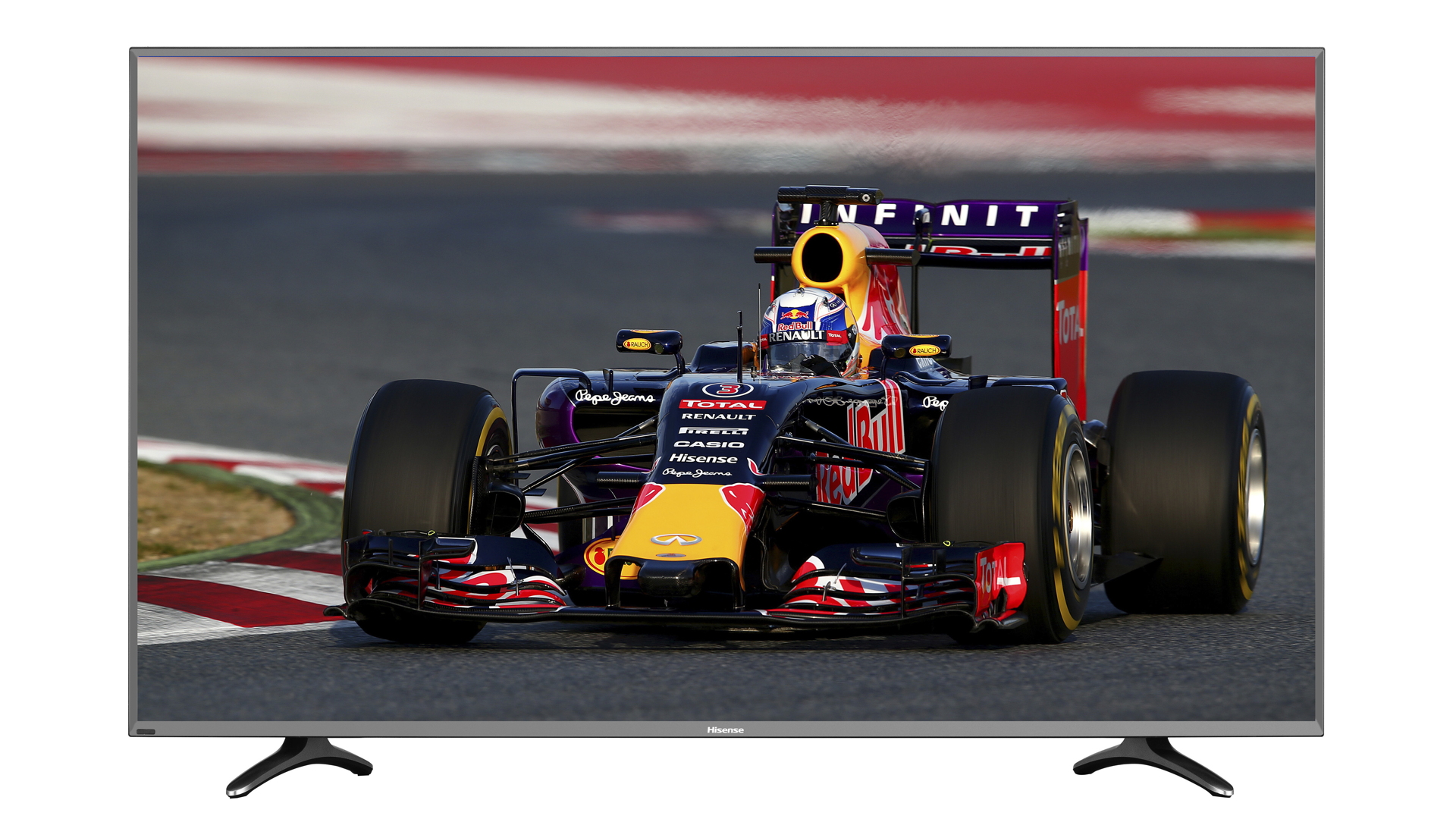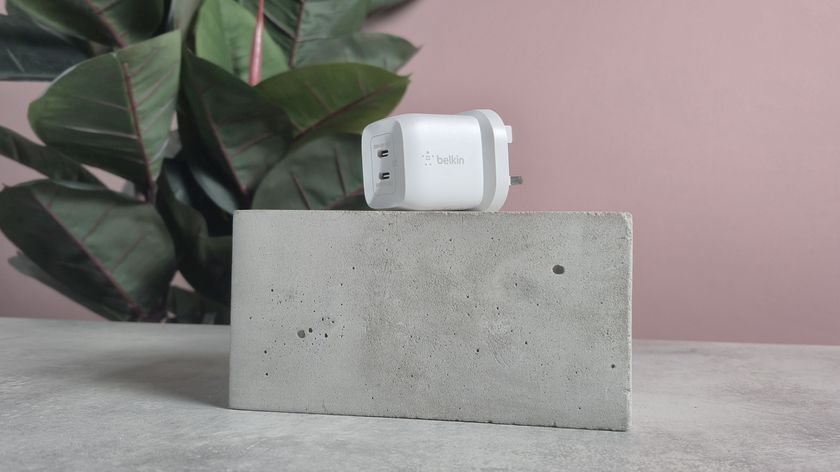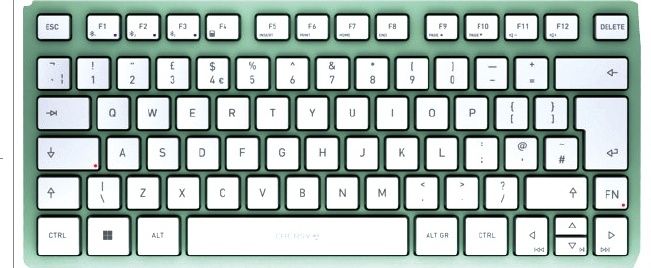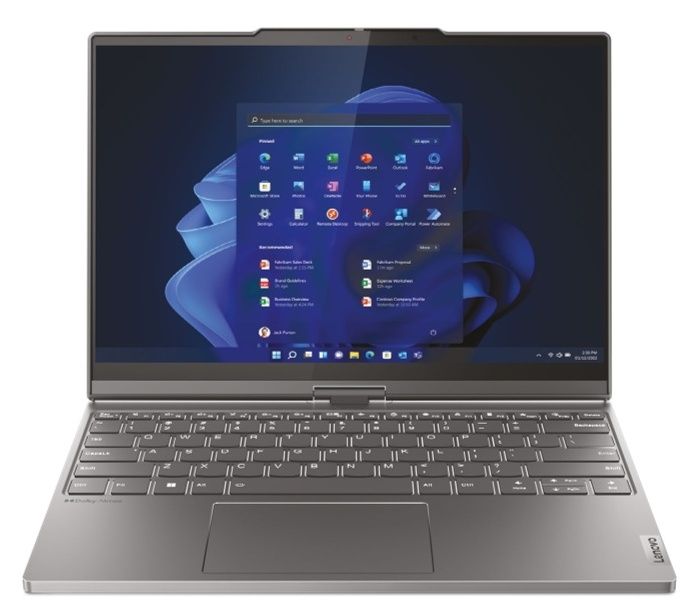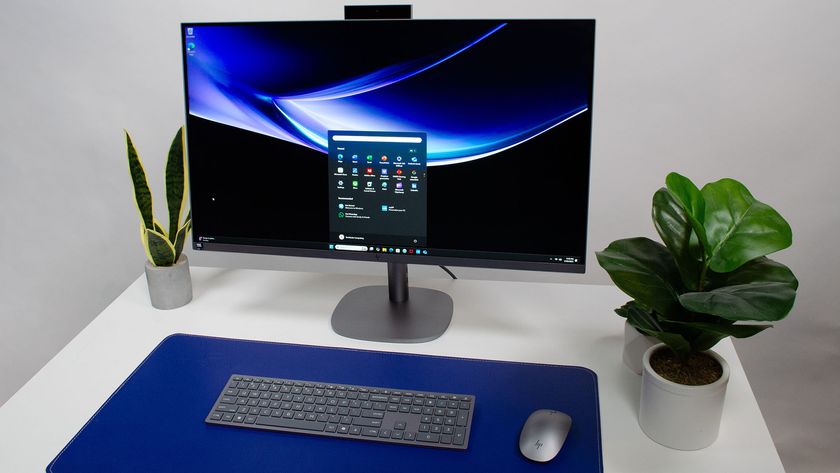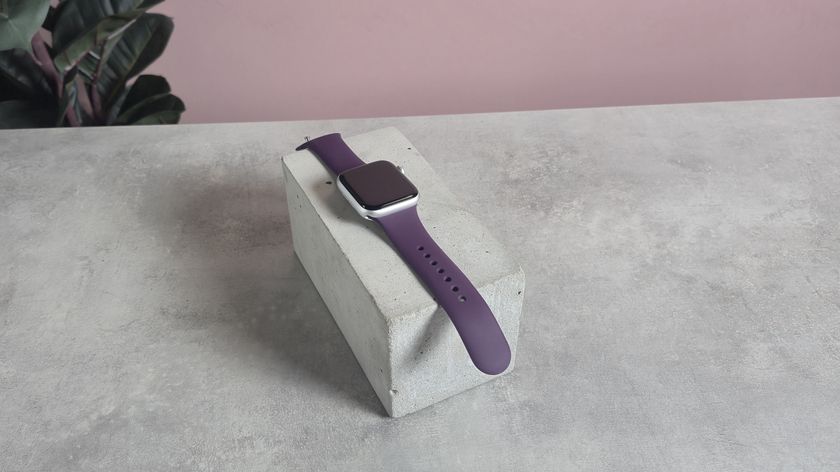Why you can trust TechRadar
After making a few adjustments to the LTDN50K321UWT's pictures (most importantly, reducing the backlight to around its 30 mark, and setting the dynamic contrast feature to its most powerful level), Hisense's UK TV debut is capable of producing seriously watchable pictures that comfortably outgun the efforts of any similarly affordable 4K TVs I've come across.
For starters, the LTDN50K321UWT's pictures look sharp - really sharp.
Fed a native 4K source, Hisense's screen delivers a genuine 4K advantage as images look crisper, more detailed, and more full of depth than those you get from any HD set. This is achieved, moreover, without pushing grain too strongly or causing any ringing effects around lines and other small areas of detail.
The impressive sense of sharpness even holds up quite well when you're watching an action scene thanks to the way the LTDN50K321UWT suffers far less with motion blur than the majority of budget TVs.
That's not to say motion handling is perfect (more on this later), but it's great to see moving objects not reducing the picture's '4Kness' as much as usual on a budget TV.
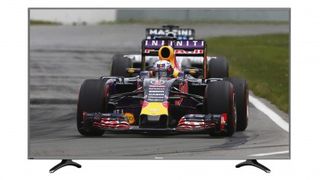
Good upscaling
I was pleasantly surprised, too, by how well the LTDN50K321UWT upscales HD sources to its native 4K screen. It manages to add at least a little extra detail without, crucially, exaggerating any noise that might have been present in the source.
It's not just with its sharpness that the LTDN50K321UWT outguns the vast majority of other budget TVs, it's also ahead of the game with its black level response.
Provided you've followed my earlier set-up tips, dark scenes suffer much less than I would have expected with the sort of grey wash effect commonly seen on cheap LCD TVs. You can certainly get deeper black levels if you spend more - we're not in the same territory as LG's OLED TVs here!
But dark scenes are certainly more watchable than usual for the LTDN50K321UWT's sort of money.
Cloud-free zone
It's not just the depth of the black levels that impresses either; it's also the consistency. By which I mean that there's much less sign of clouding inconsistencies than I might have expected to see - even when an image contains an extreme mix of dark and light content.
Surprisingly for its money the LTDN50K321UWT uses a direct LED lighting system (where the lights sit directly behind the screen), which doubtless plays a part in the freedom from clouding you get to enjoy so long as you don't try to run the image too brightly.
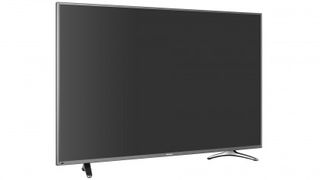
Good colours
It's common for screens capable of producing decent dark shades to also perform well with other colours. And this is true of the LTDN50K321UWT too, to a point. Tones across the board look punchy and vibrant, standing proud against the blacks to create a good sense of pop that really grabs your attention.
This stands in welcome contrast to the rather flat, muted colour palettes commonly seen on very affordable TVs.
I mentioned earlier that the LTDN50K321UWT's pictures aren't particularly accurate if you're the sort of buyer who's keen on that. By which I mean that it's tricky to get every part of the colour palette hitting every point of the Rec 709 standard that's dominated the home video industry for decades now.
However, while this will upset some, my feeling is that most buyers in the market for a TV bargain will feel more than happy enough with the dynamism, crispness and richness of the pictures on show compared with the flatter, softer, messier pictures usually associated with the LTDN50K321UWT's level of the market.
Flaws
While the LTDN50K321UWT's images are certainly markedly better than I'd anticipated considering how cheap it is, they're predictably not perfect. Motion while watching 24p Blu-ray sources can look slightly billowy without the motion processing in place, and a little prone to glitching if you turn the motion processing on.
Areas of particularly fine detail can sometimes look a bit fizzy too, while dark areas can look a touch hollow and 'crushed' once you've calibrated the set to get the best black levels.
Finally the LTDN50K321UWT's picture quality suffers if you have to watch it from an angle, with black level response and colour saturations taking a marked hit from viewing angles as little as 20 degrees off axis.
Overall, though, with just a little set-up work the LTDN50K321UWT is capable of delivering pictures that sell its 4K resolution emphatically and are consistently engaging and immersive to a degree you've no right to expect for £499.
Current page: Picture Performance
Prev Page Introduction and features Next Page Usability, Sound and ValueJohn has been writing about home entertainment technology for more than two decades - an especially impressive feat considering he still claims to only be 35 years old (yeah, right). In that time he’s reviewed hundreds if not thousands of TVs, projectors and speakers, and spent frankly far too long sitting by himself in a dark room.
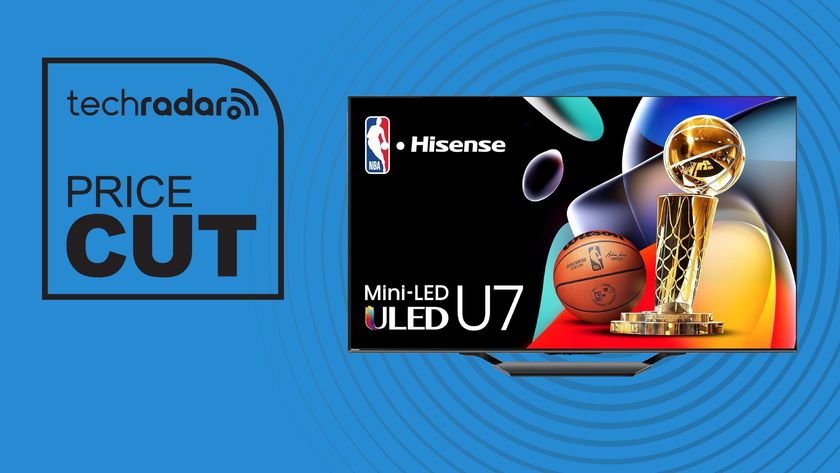
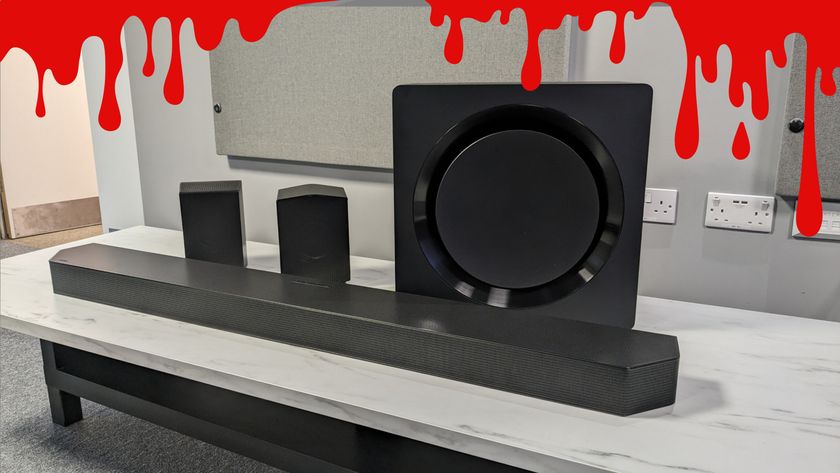
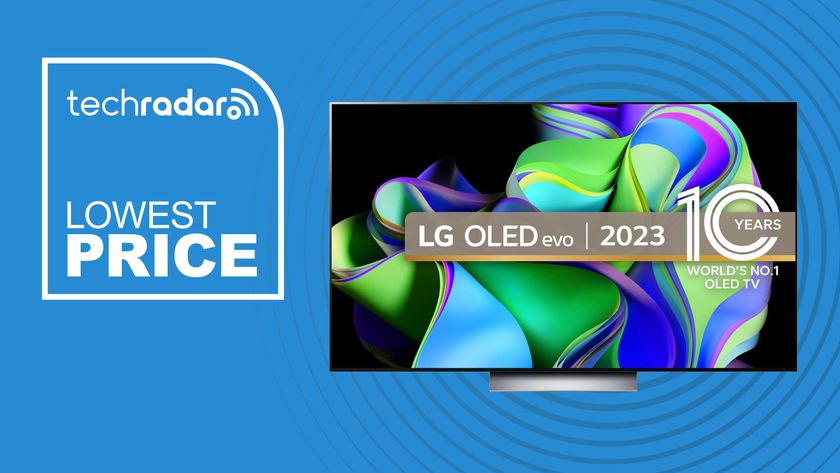
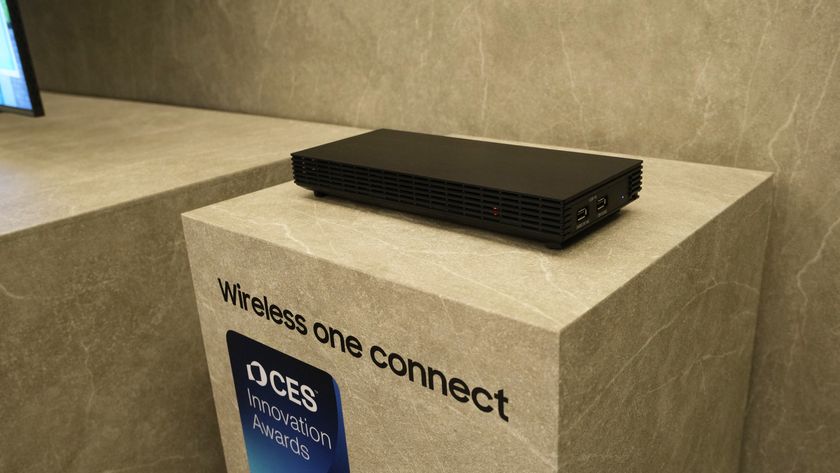
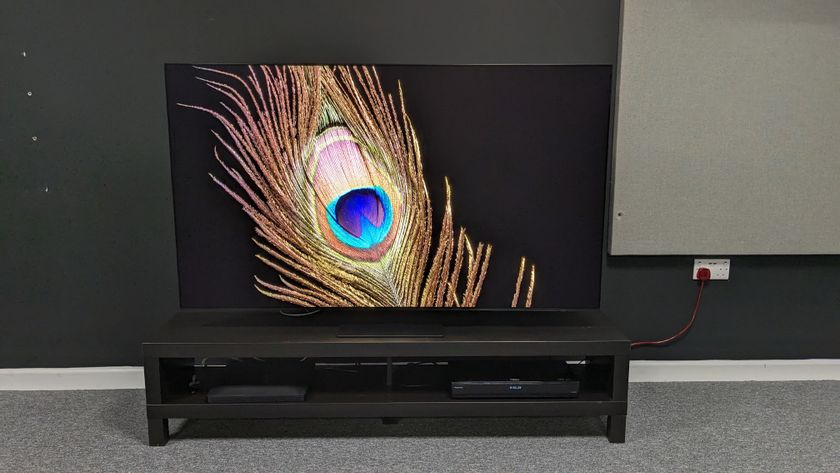
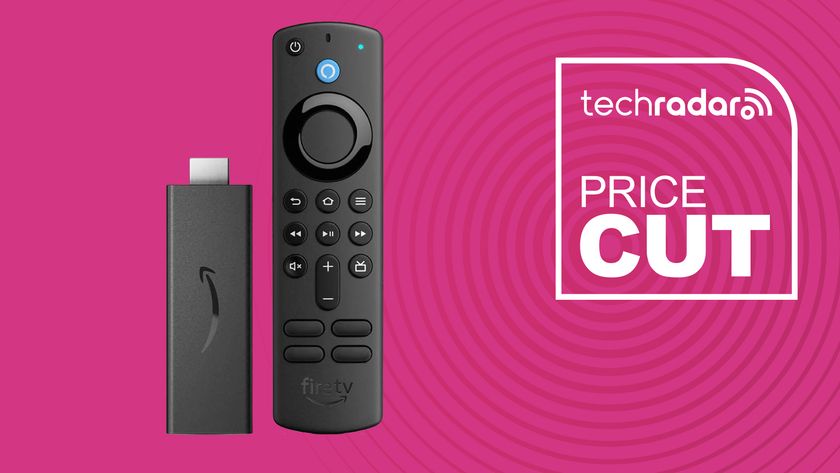
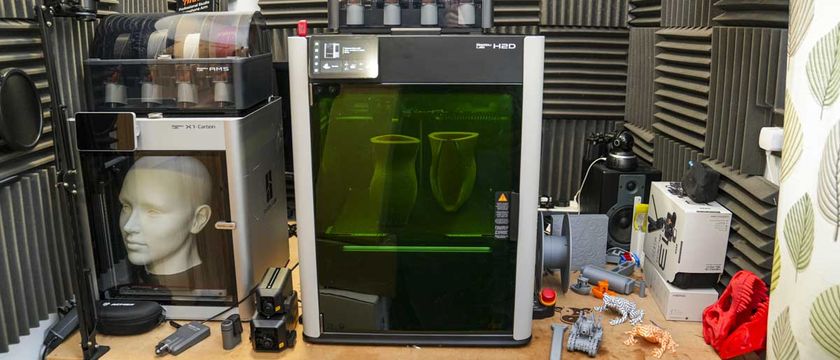
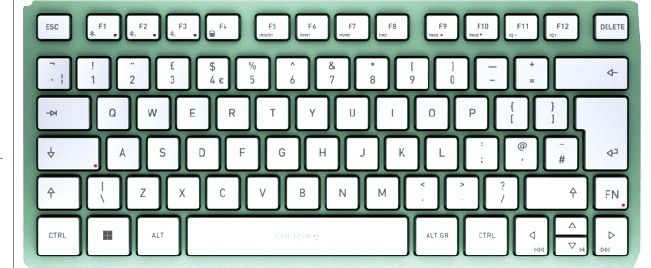
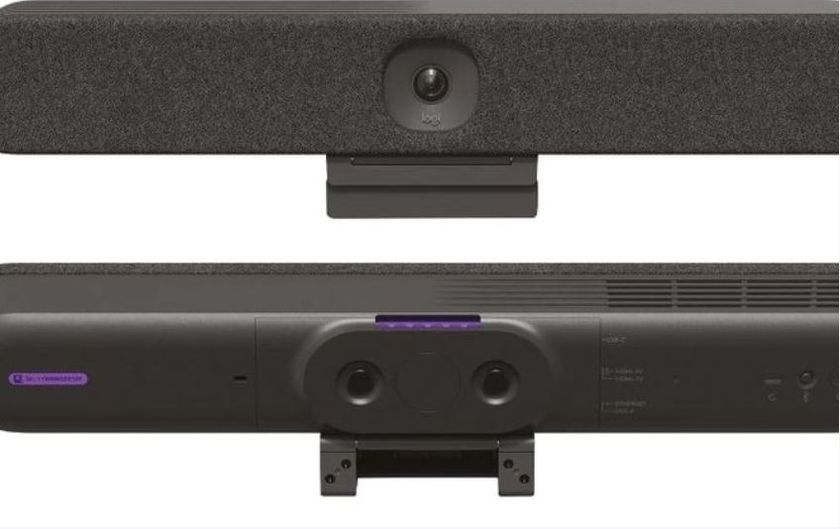



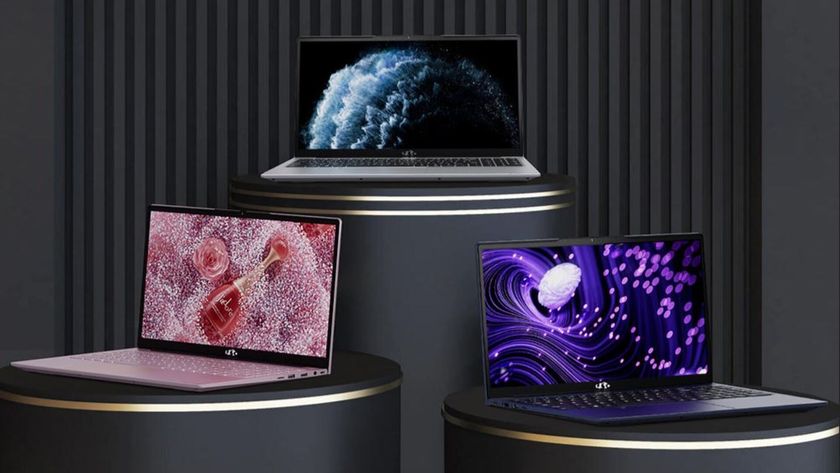
This obscure laptop brand sells a 64GB AMD Ryzen 9 laptop for just over $700 which is faster than the Apple's M4 CPU

Deepseek’s new AI is smarter, faster, cheaper, and a real rival to OpenAI's models
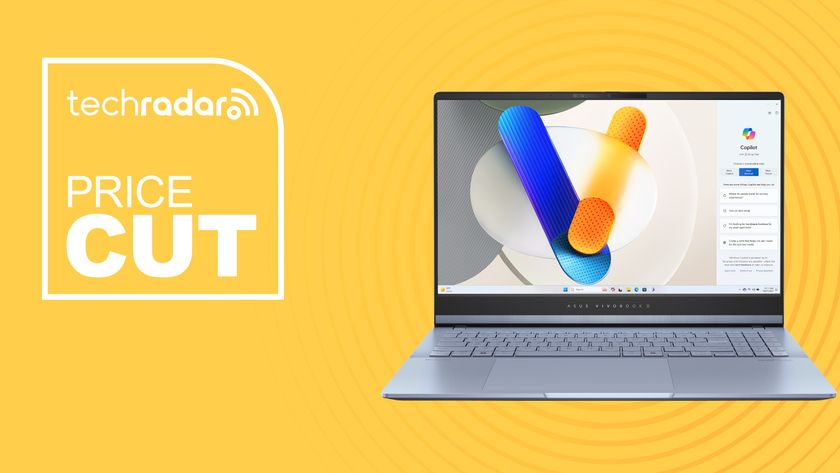
I've looked through hundreds of laptop deals in the Spring sales - this $599 Asus Vivobook has them all beat
